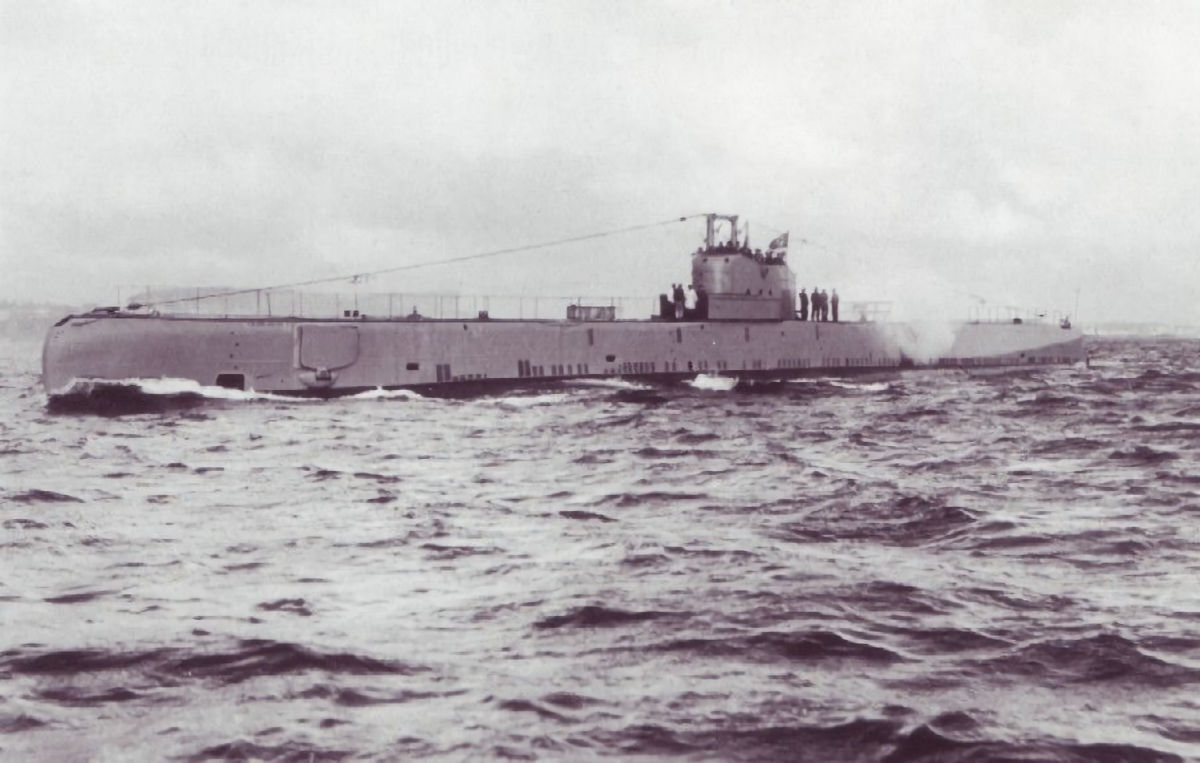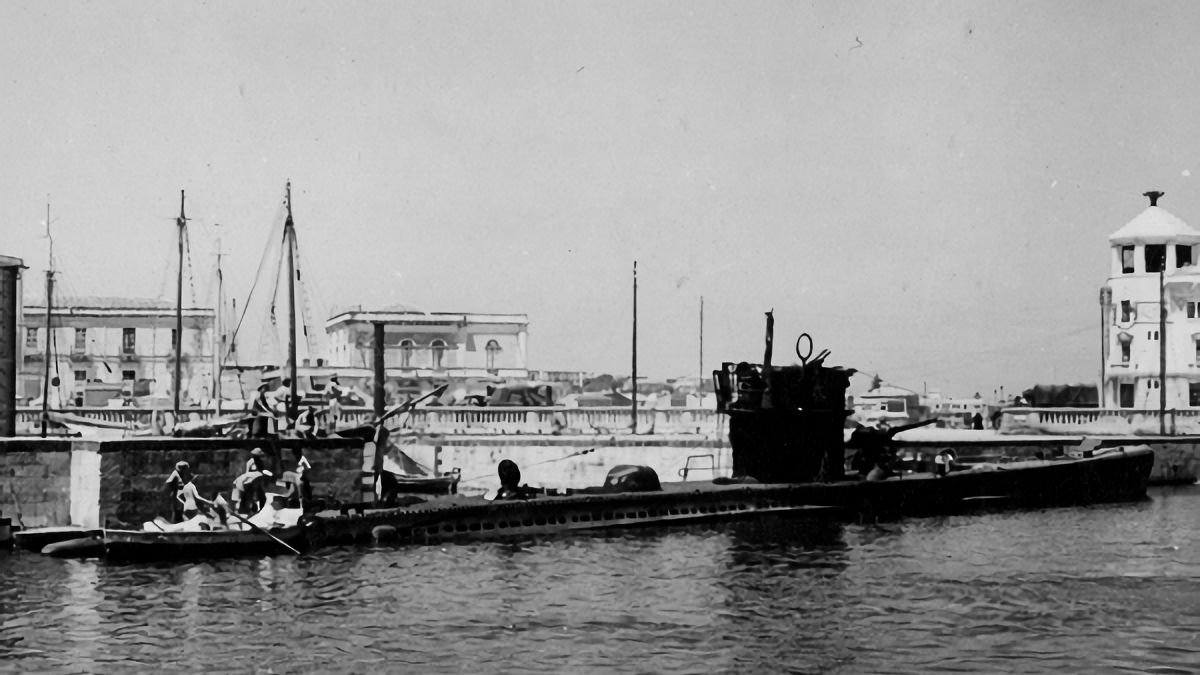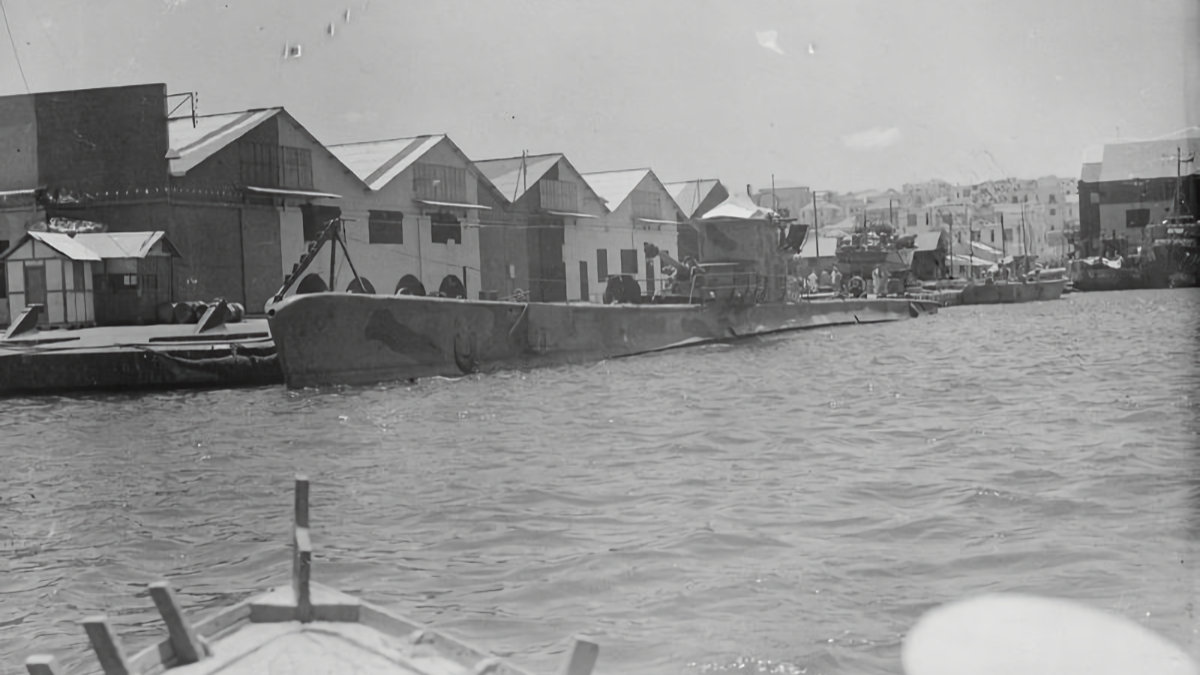Tag: World War Two
-
German Submarine UB

German Submarine UB KMS UB was a Grampas-class minelaying submarine of the German Kriegsmarine during the Second World War. Originally built and operated by the British Royal Navy, she was captured on 5 May 1940. HMS Seal was launched on 28 September 1938 and commissioned into the Royal Navy on 28 January 1939. On 4… Read more
-
British Submarine HMS P714

British Submarine HMS P714 HMS P714 was an Acciaoia class submarine operated by the British Royal Navy after its capture on 12 July 1943. Originally operated by the Italian Regina Marina as Bronzo, she was captured after being engaged by HMS Seaham, HMS Boston, HMS Cromarty, and HMS Poole. Towed into to Syracuse by HMS… Read more
-
British Submarine HMS P712

British Submarine HMS P712 HMS P712 was a Perla-class submarine captured by the Royal Navy during World War Two and subsequently operated by them. Perla was the lead ship of her class of submarines built for the Italian Regina Marina. On June 6, 1942, Perla launched two torpedoes at the British corvette HMS Hyacinth. Both… Read more